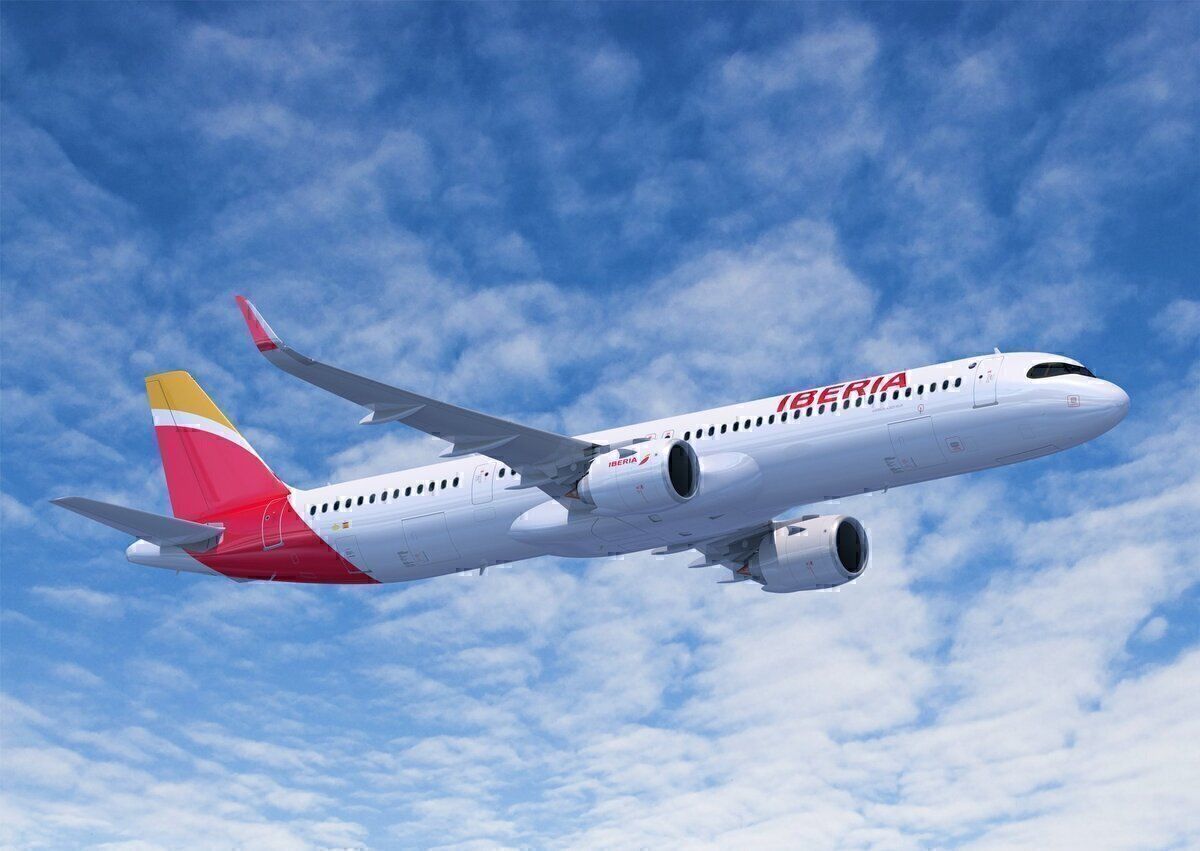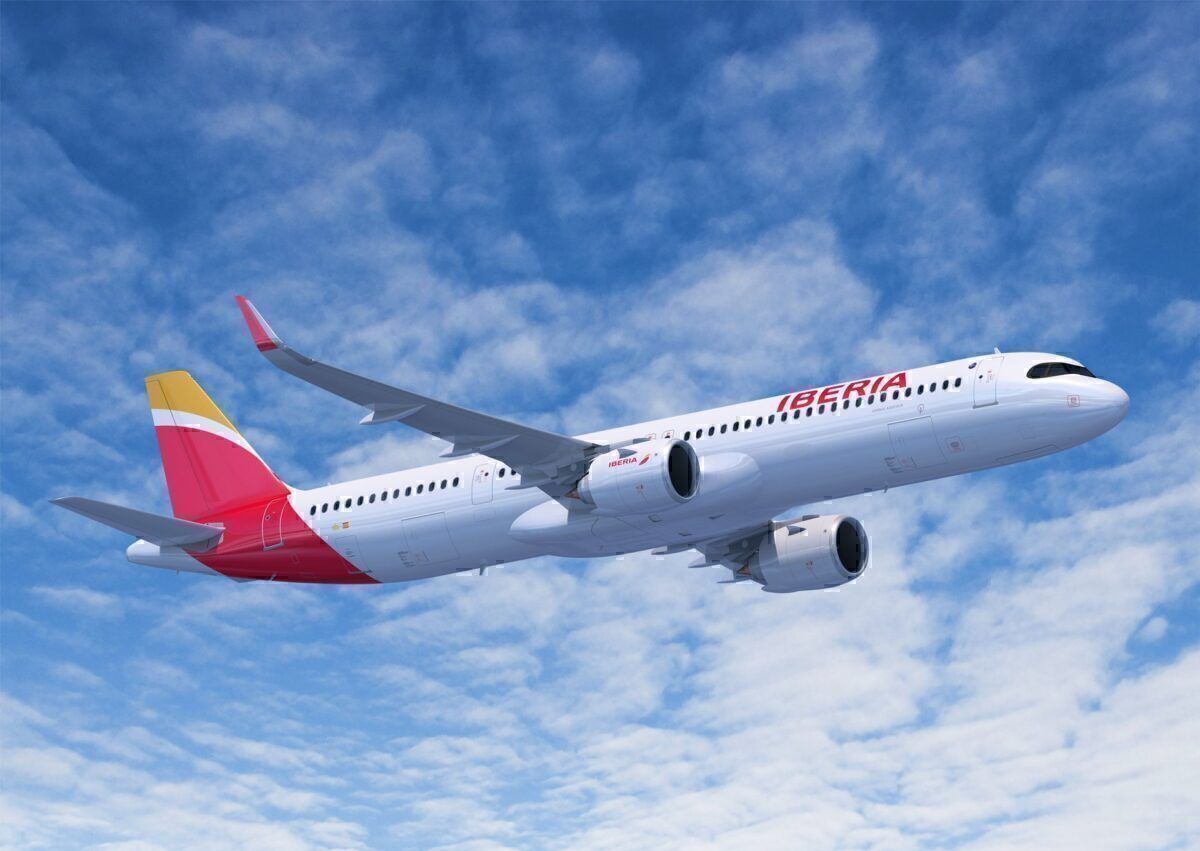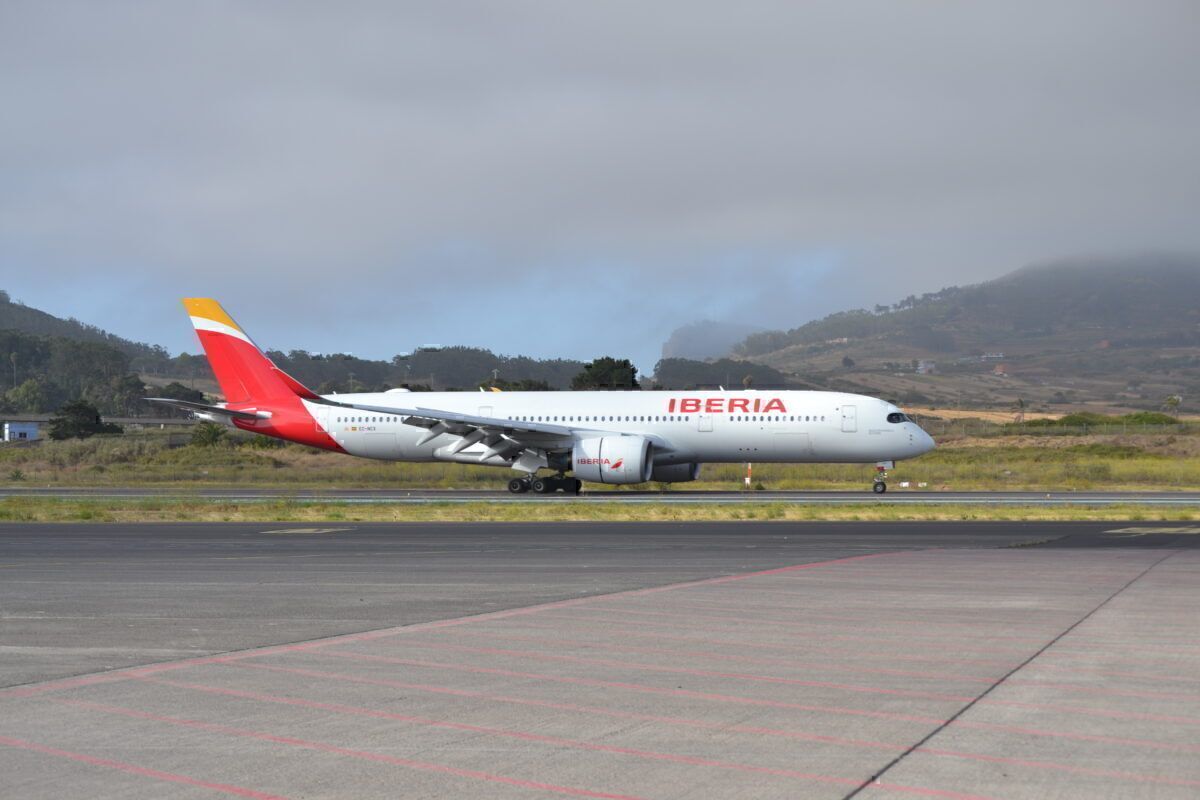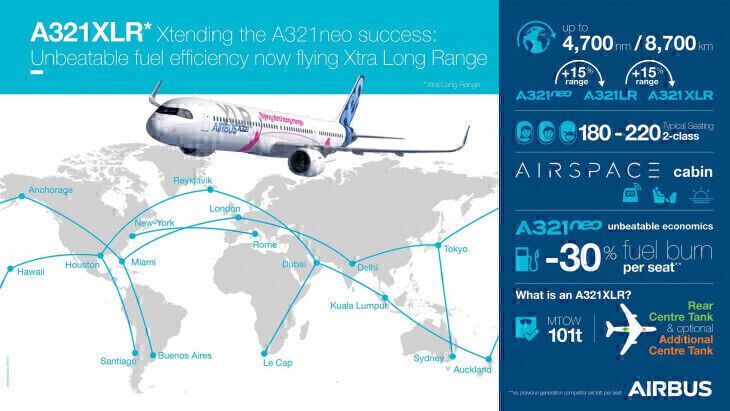Back in the summer of 2019, at the Paris Air Show, long before we had ever heard about the coronavirus, the International Airlines Group (IAG) placed an order with Airbus for 14 transatlantic A321XLRs. Of those Aircraft, eight were earmarked for Spanish national flag carrier Iberia. Today we thought we would take a look and reflect upon what we know so far and where the Madrid-Barajas Adolfo Suárez Airport (MAD)-based airline might deploy the next evolutionary step up from the A321LR.
Before we get into what Iberia plans to do with its Airbus A321XLRs, it is important to understand that while Iberia is a major part of IAG, British Airways, Aer Lingus, and Vueling also have a part to play when one of the worlds largest airline groups places orders for new aircraft. In fact, the second-largest recipient of the order is Irish National flag carrier Aer Lingus who will receive six of the long-range narrowbody jets.
Iberia could increase frequencies
As for Aer Lingus, the routes the planes will operate on are straight forward with the highly efficient plane well suited for transatlantic flights between the East Coast of the United States and western Europe. As for Iberia, it will enable the Spanish airline to operate new transatlantic destinations and increase frequencies in key markets such as New York and Miami.
Aer Lingus and Iberia will be Airbus's launch customer for the A321XLR. They will have the aircraft fitted out in a two-class configuration that will include fully reclining seats in business class. Along with this, passengers can also expect the latest in inflight connectivity to the Internet, the newest entertainment offerings, and the same ambient lighting found in aircraft like the Airbus A350. Deliveries to the two IAG airlines are scheduled to begin sometime in 2023.
About the Airbus A321XLR
Airbus claims that it decided to build the A321XLR in response to market needs because airlines worldwide were looking at operating single-aisle aircraft on routes that were historically the domain of widebodies. Airbus says that the next step up from the A321LR will have a range of 4,700 nautical miles, 15% more than the A321LR. The A321XLR will also have a 30% lower fuel burn per seat than its competitor's previous-generation aircraft, a reference perhaps to the Boeing 757. The extended range of the plane will allow airlines to deploy single-aisle aircraft on routes like India to Europe and China to Australia and the transatlantic routes that the IAG airlines plan to use the plane on.
The A321XLR is ideal for secondary markets
When speaking about IAG's order, former company chief executive Willie Walsh said in a press release:
“The A321XLR has the same unit cost as a widebody long-haul aircraft, which will enable profitable network expansion. This will strengthen both Dublin and Madrid hubs providing new transatlantic routes and additional flexibility for connecting passengers. These aircraft will also bring further cost efficiencies and environmental benefits.”
With its long-range and cost-saving benefits, Iberia can put the Airbus A321XLR on routes that would not have been profitable to operate an A350. These may include secondary markets like Guayaquil, Ecuador, Guadalajara, and Monterrey in Mexico and all of Central America.
Where do you think Iberia will deploy its Airbus A321XLRs? Please tell us where you think it will fly in the comments.




